
For decades, Disney has reigned supreme as a global entertainment juggernaut, a company synonymous with enchantment, groundbreaking animation, and timeless storytelling. When the House of Mouse stumbles upon a hit, which it does with impressive regularity—even having two of the biggest box-office successes in recent memory be sequels—it’s unparalleled at transforming that singular triumph into a sprawling, multimedia empire. This often means live-action remakes, extensive video games, spin-off television series, and an endless stream of merchandise. And, of course, it means sequels. Lots and lots of sequels.
Yet, for all their magical successes, even Disney’s track record isn’t perfect. While many sequels have delighted audiences and even matched the original’s splendor, some have, quite frankly, left fans scratching their heads, wondering why they were ever greenlit in the first place. These aren’t just minor missteps; they are fundamental failures that dilute the magic and, in some cases, actively undermine the very essence of the stories we grew up loving. Today, we’re diving deep into the critical abyss of 10 such cinematic blunders, exploring why these particular Disney movie sequels should have, unequivocally, never happened.
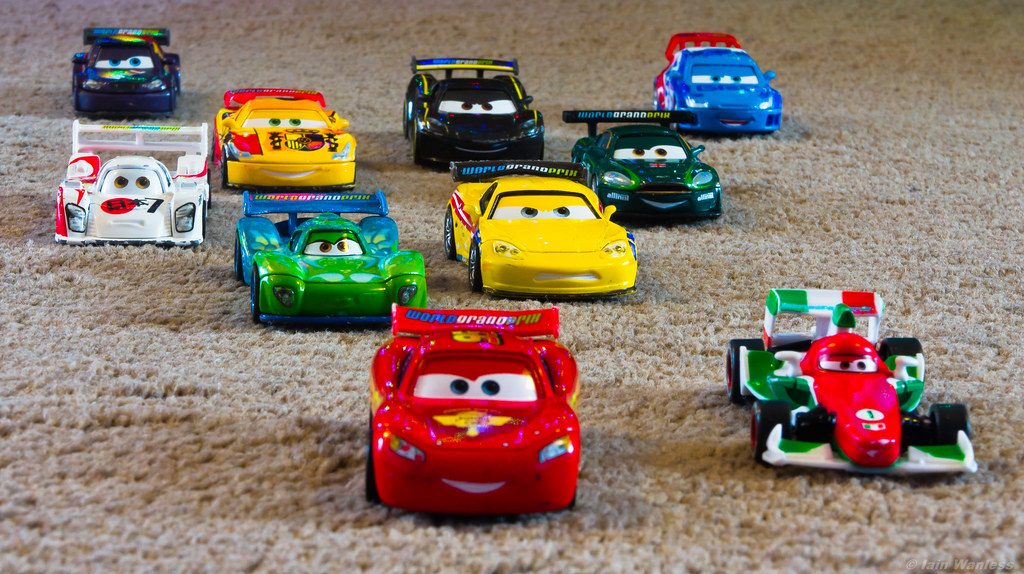
1. **Cars 2** (2011)Pixar’s 2006 original, “Cars,” while perhaps not universally lauded as their pinnacle, was a charming story rooted in the world of sentient automobiles and the quaint allure of Route 66. It was about Lightning McQueen’s journey of self-discovery and the warmth of small-town community. So, what did the creative minds behind the sequel decide to explore? McQueen’s age? Another flashy race to push the narrative forward? Absolutely not. Instead, we were plunged headfirst into an inexplicably bizarre spy movie, a tonal shift so jarring it “saps all of Pixar’s trademark warmth from the film, leaving nothing but an engine of a story that just doesn’t want to start again.” It was a conceptual U-turn that bewildered audiences and critics alike, stripping away the very soul of what made the first film endearing.
Adding insult to injury, “Cars 2” made the baffling decision to pivot its focus almost exclusively to Mater, the goofy tow truck whose endearing qualities in the first film quickly devolved into an exhausting exercise in “potty humor” in the sequel. While Mater provided comic relief in measured doses previously, his expanded role proved that some characters are best kept as supporting players. The humor, which was meant to carry the film, “runs out of gas long before the credits roll,” leaving a void where genuine laughs and heart should have been. This miscalculation in character emphasis was a major factor in the film’s critical disappointment.
The most damning indictment of “Cars 2”, however, wasn’t just its narrative missteps or its grating humor, but the widespread perception of its very existence. It was hard not to escape the feeling that this sequel wasn’t born from a burning desire to tell a new, compelling story. Instead, as the context explicitly states, “it’s hard not to feel like ‘Cars 2’ was only made to sell toys, and nothing more.” This mercenary approach, sacrificing artistic integrity for merchandising opportunities, is a betrayal of the Pixar legacy and stands as a stark reminder of the commercial pressures that can sometimes overshadow creative vision within a major studio.
From its nonsensical genre pivot to its over-reliance on a character whose comedic well ran dry, “Cars 2” serves as a prime example of a sequel that not only failed to live up to its predecessor but actively undermined its charm. It became a cautionary tale, proving that even a studio as revered as Pixar can fall prey to the temptation of extending a franchise purely for financial gain, regardless of narrative necessity or quality. This entry truly solidifies its place on our list of sequels that should have remained firmly in the conceptual garage.
Read more about: Beyond the Limelight: 13 Iconic ’60s Movie Stars Who Captured Hearts, Then Vanished from Hollywood
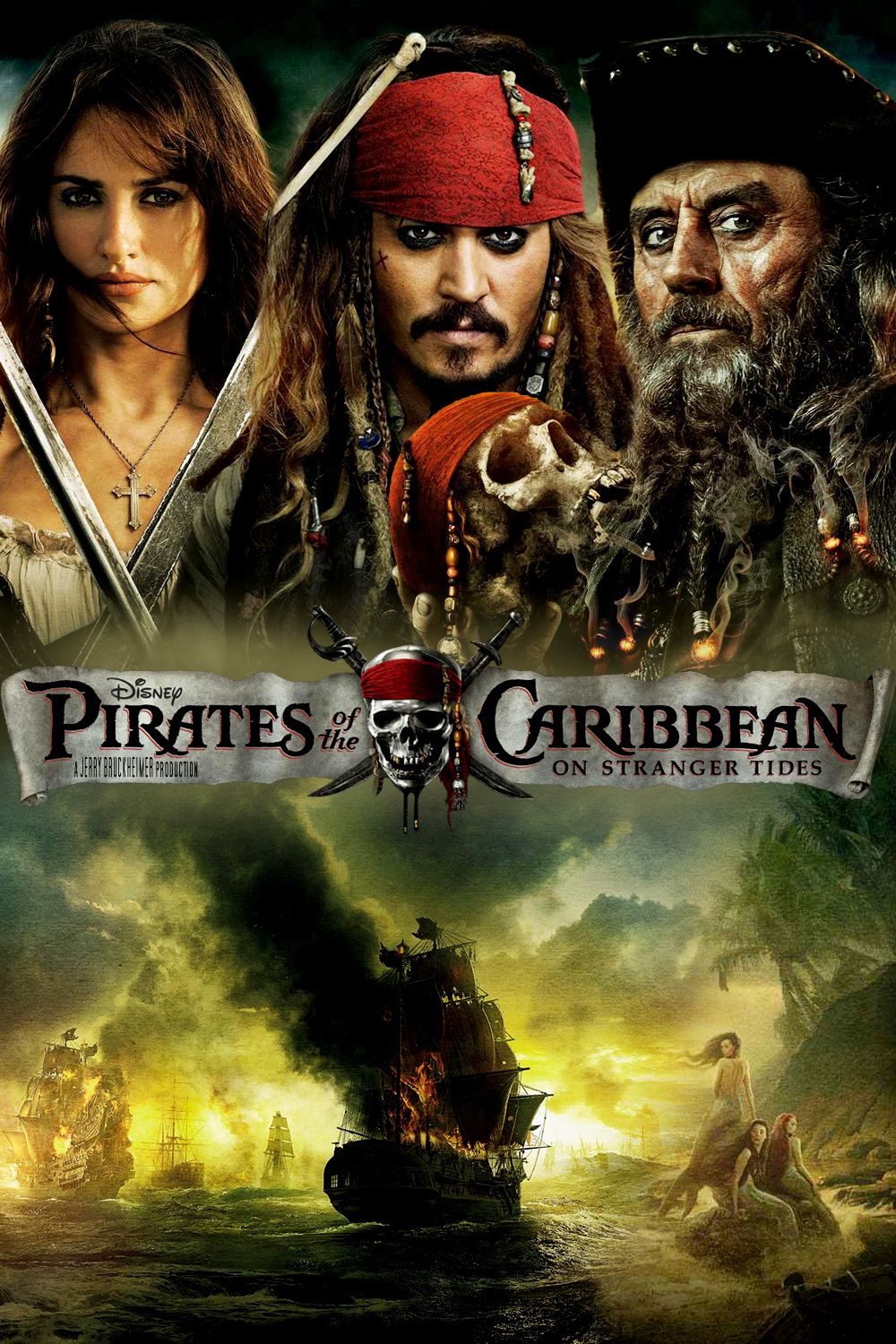
2. **Pirates of the Caribbean: On Stranger Tides** (2011)The original “Pirates of the Caribbean” trilogy captured the imagination of audiences worldwide, largely due to its swashbuckling adventure, innovative special effects, and, crucially, its fantastic ensemble cast. The dynamic between Captain Jack Sparrow, Will Turner, and Elizabeth Swann provided a balanced narrative, allowing Sparrow’s quirky antics to be tempered by the more grounded romantic leads. However, in 2011, “Captain Jack Sparrow took the helm of his franchise… and immediately steered it right into choppy waters” with “On Stranger Tides.” This venture saw Sparrow flying solo, a decision that proved detrimental to the film’s overall quality and narrative cohesion.
The absence of key characters like Elizabeth Swann and Will Turner created an undeniable void. Without their steadfast presence to “balance out Sparrow’s kooky shtick,” the film felt lopsided and exhausting. What was once a delightful eccentric performance from Johnny Depp became the singular, unchecked focus, and as charismatic as Sparrow is, even he couldn’t carry an entire narrative without the contrasting forces that made the original trilogy so engaging. The film, in its attempt to elevate Sparrow, instead “completely capsized in the quality department,” losing the intricate character dynamics that had been its strongest asset.
“On Stranger Tides” attempted to invigorate the series by introducing new faces and charting a fresh course for the franchise. Unfortunately, this effort fell flat. The subsequent film, “Dead Men Tell No Tales,” continued this trend, but its poor reception only served to further alienate the fan base, leading many to “jump ship for good.” This consistent decline in quality post-trilogy unequivocally demonstrated that the magic had faded, and the well had run dry. The very concept of extending the series beyond its natural conclusion was a misjudgment that had tangible, negative consequences for its longevity and fan loyalty.
Ultimately, the critical consensus, and indeed the sentiment of many fans, was clear: “Clearly, the ‘Pirates of the Caribbean’ movies should’ve just stopped at three.” The decision to continue milking the franchise, as one piece of context bluntly asks, “how long can you milk a freaking ride in Disney Land?” highlights the perceived commercial impetus behind these sequels. “On Stranger Tides” serves as a stark reminder that some sagas are best left complete, preserving the integrity of their initial triumphs rather than diluting them with unnecessary continuations that fail to capture the original’s spark or purpose.
Read more about: From Refusals to Real Pain: Unforgettable Times When Movie Scenes Became Brutally Real for Actors

3. **Pocahontas II: Journey to a New World** (1998)Disney’s “Pocahontas” (1995) was a visually stunning, if historically contentious, animated feature that told a dramatic love story against the backdrop of colonial America. The sequel, “Pocahontas II: Journey to a New World,” released directly to video, proved to be an even greater misstep. Even when setting aside “the mountain of highly questionable artistic liberties with its story,” the film simply fails on its own merits. It is, quite plainly, “not a very good movie,” a sentiment reinforced by its lackluster reception and the general disregard it holds in the Disney canon.
The premise—chronicling Pocahontas brokering a peace treaty with England—sounded like it possessed the potential for a “tense, compelling tale” that could explore themes of diplomacy, cultural clash, and personal growth. However, “Journey to a New World” tragically “squanders its potential with lackluster animation, forgettable songs, and way too much focus on its boring central romance.” The vibrant artistry and evocative musical numbers that defined the original were replaced by a noticeably cheaper aesthetic and uninspired compositions, making the viewing experience a chore rather than a delight. The narrative ambition was crushed under the weight of poor execution.
Perhaps one of the most jarring aspects of this sequel was its approach to Pocahontas’s character and her romantic entanglements. The first film established her as a free spirit, deeply connected to her land and people. The sequel, however, seemed to portray her as “essentially a ditzy character torn between men,” diverting attention from her strength and purpose. Furthermore, the “boring central romance” isn’t even with John Smith, the iconic figure from the original, a choice that left many fans feeling disconnected and uninvested. This narrative decision fundamentally altered Pocahontas’s character arc, pushing her into a conventional, uninspired love triangle that felt out of place and unnecessary.
Compounded together, these issues make “Pocahontas II” feel “like a sequel in name alone.” It lacked the thematic depth, the memorable characters, and the artistic quality that one associates with even a mid-tier Disney production. The contextual observation that “Disney did not paint with all the colors of the wind for this one, that’s for sure” perfectly encapsulates the film’s creative bankruptcy. It stands as a prime example of a direct-to-video sequel that not only failed to expand on its predecessor but actively diminished its spirit, leaving behind a forgettable and frustrating viewing experience.
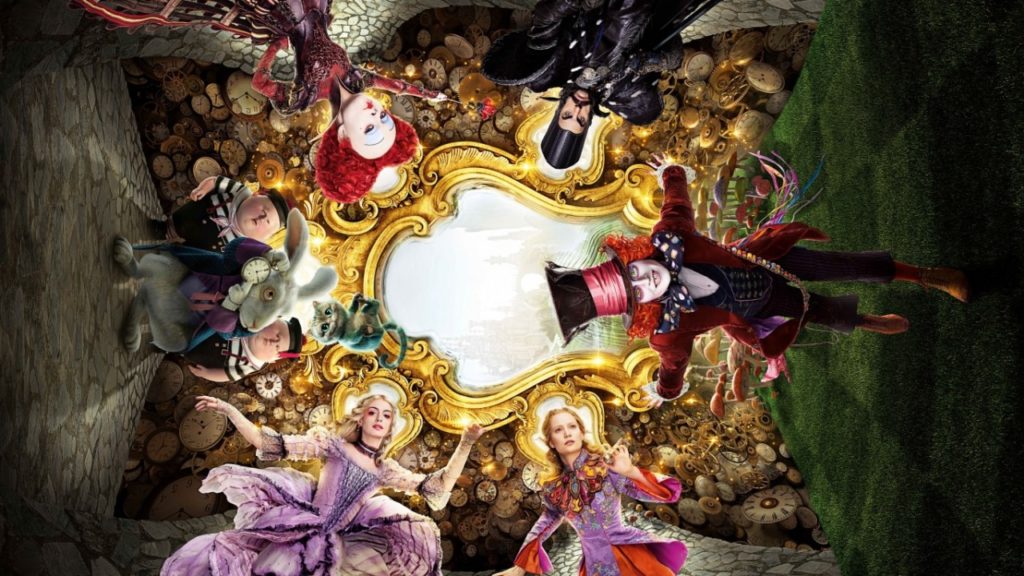
4. **Alice Through the Looking Glass** (2016)The 2010 live-action “Alice in Wonderland” was a monumental box-office success, raking in over a billion dollars worldwide and introducing a new generation to the whimsical world of Lewis Carroll through Tim Burton’s distinctive lens. Naturally, a sequel seemed like an obvious next step. “On paper, this sequel should have been another slam-dunk trip to Wonderland,” boasting the continuation of a colossal picture, adaptation from beloved source material, and a star-studded cast including Johnny Depp, Anne Hathaway, and Mia Wasikowska. Yet, despite these seemingly foolproof ingredients, the result was “that much more embarrassing.” It was a costly endeavor that failed to resonate with audiences or critics, demonstrating that even a powerhouse like Disney can misjudge what makes a follow-up truly magical.
The most glaring issue with “Alice Through the Looking Glass” was its skewed priorities. Disney clearly “spent a lot of money to make ‘Alice Through the Looking Glass’ look pretty,” investing heavily in stunning visuals and elaborate special effects. The film is undeniably a spectacle to behold from a purely aesthetic standpoint. However, the beauty was only skin deep. The criticism highlights a profound imbalance: “We just wish they’d devoted half as much effort on the script, story, and pacing.” The narrative felt convoluted and uninspired, lacking the whimsical charm and emotional depth that made its predecessor, and especially the source material, so captivating. A visually impressive film without a compelling story is merely an empty spectacle.
The creative talent involved in “Alice Through the Looking Glass” was undeniably formidable, both in front of and behind the camera. The fact that “such a fantastic group of talent… could deliver such a doldrum snoozefest” is truly baffling. It speaks volumes about a project where the core storytelling failed to live up to the potential offered by its cast and crew. The pacing often dragged, the humor rarely landed, and the overall plot felt forced, failing to capture the surreal, imaginative spirit that is fundamental to Wonderland. The movie struggled to find its footing, resulting in a tedious journey rather than an enchanting adventure.
Ultimately, the film’s failure to deliver a compelling experience can be summarized by a poignant observation: it “takes the ‘wonder’ out of ‘wonderland.’” The very essence of Alice’s journey is about discovery, imagination, and confronting the delightfully absurd. “Alice Through the Looking Glass” regrettably replaced this sense of wonder with a predictable, often dull, and overly serious narrative that stripped away the playful magic. It stands as a testament to the fact that a big budget and famous names aren’t enough to guarantee a successful sequel, especially when the fundamental elements of storytelling are neglected.
Read more about: Chameleons of the Silver Screen: Unpacking the Unparalleled Versatility of 14 Iconic Actors Across Genres

5. **The Hunchback of Notre Dame II** (2002)“The Hunchback of Notre Dame” (1996) stands as one of Disney’s most ambitious and thematically mature animated films, delving into complex themes of prejudice, religion, and the nuances of love with stunning animation and a powerful score. It explored human nature with a depth rarely seen in animated features. Which makes its direct-to-video sequel, “The Hunchback of Notre Dame II,” all the more perplexing and disappointing. As the context rightly asks, “Where do we even begin discussing this faceplant?” It’s a sequel that not only fails to live up to its original but actively detracts from its profound legacy, solidifying its place as a truly regrettable entry in Disney’s filmography.
One of the most immediate and striking downgrades in the sequel is its animation. The original film boasted some of the most “beautiful and telling animation” in Disney’s history, utilizing grand scale and intricate details to convey its dramatic narrative. In stark contrast, “The Hunchback of Notre Dame II” exhibits “a massive down-grade” in visual quality. The animation is noticeably cheaper, less fluid, and lacks the artistic care and grandeur of its predecessor, making it “surprising Disney allowed it to see the light of the day.” This visual regression alone is a disservice to the original’s artistry and immediately signals a significant drop in production value.
Beyond the visuals, the narrative of “The Hunchback of Notre Dame II” represents a profound misunderstanding of the original’s essence. Where the 1996 film explored Quasimodo’s empowering journey of self-acceptance and challenged societal prejudices, the sequel “watered down Quasimodo’s empowering journey into a bland love story.” The complex themes of the original, which delved into the intricacies of love and racism, were replaced by a simplistic, clichéd romance that offered little depth or insight. As the context points out, “the sequel is near as cliche as it can get,” a jarring shift from the original’s sophisticated storytelling. The film adopted “a much lighter tone than the original which does not help it in any way,” stripping away the compelling dramatic weight.
Ultimately, the fundamental flaw of “The Hunchback of Notre Dame II” isn’t merely its subpar art or storyline, but the very fact of its existence. It’s a “straight-to-DVD sequel for a film that never needed a part two.” The original’s ending felt complete and meaningful, leaving audiences with powerful reflections rather than a desire for continuation. This sequel, therefore, feels entirely superfluous. “At best, it’s unnecessary, and at worst, it actively takes away from the original,” by offering a diluted and trivialized version of its characters and themes. The final, damning verdict is clear: “These bells should’ve never rung again,” a sentiment that perfectly captures the profound disappointment this sequel embodies.
Moving beyond the initial cinematic misfires, our journey into Disney’s hall of shame continues, dissecting more sequels that spectacularly missed the mark. These entries further illustrate a troubling pattern: a tendency to either misunderstand the core appeal of their predecessors, dilute beloved characters, or simply serve as transparent cash-grabs with little creative merit. Let’s delve into the remaining five films that definitively prove not every story needs a second chapter, especially when the first was already perfect.
Read more about: You Probably Forgot These 18 Incredible Disney Movie Scenes
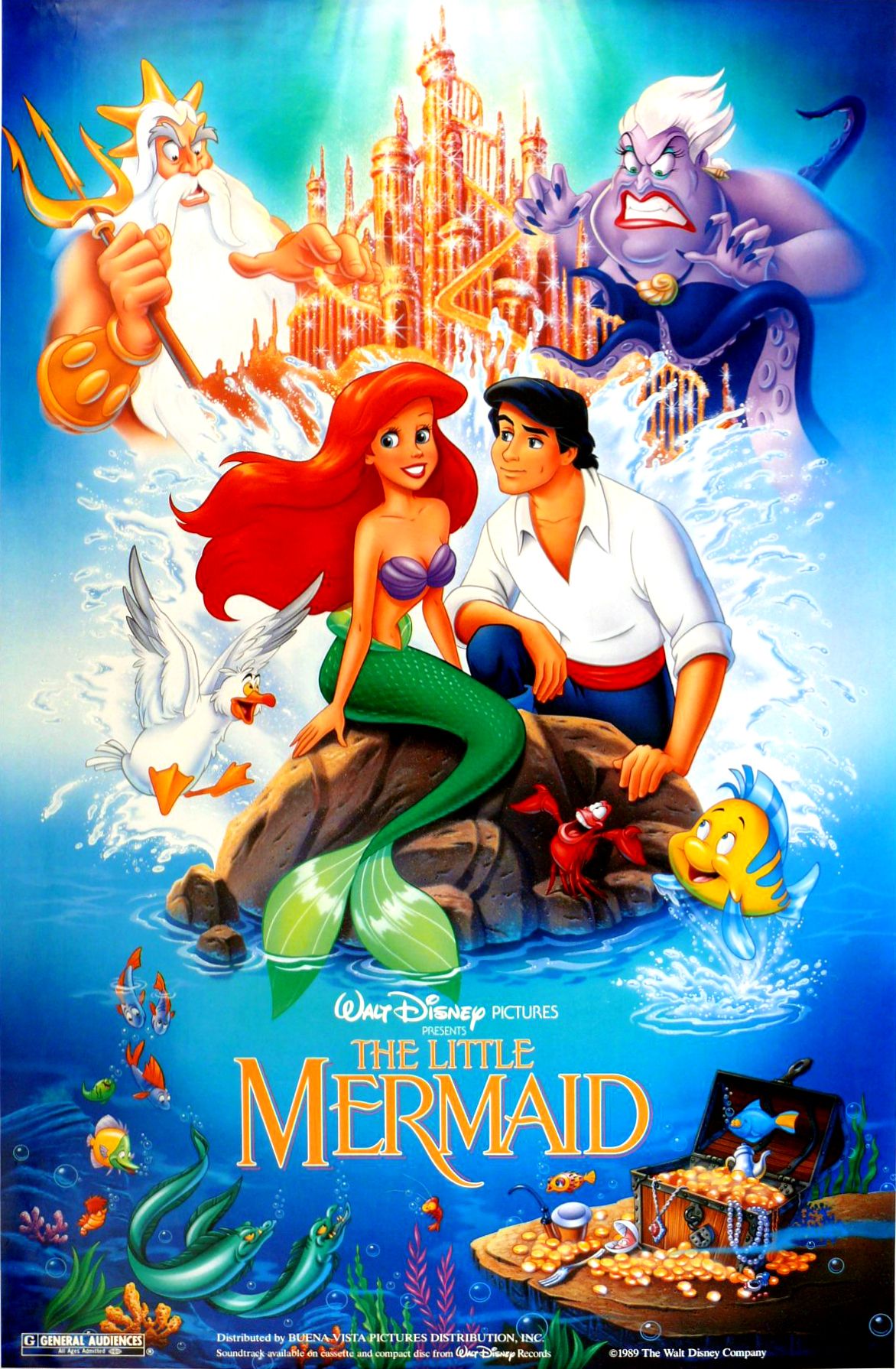
6. **The Little Mermaid II: Return to the Sea** (2000)Disney’s classic “The Little Mermaid” captivated audiences with Ariel’s quest to join the human world, a vibrant tale of yearning and discovery. However, its direct-to-video successor, “The Little Mermaid II: Return to the Sea,” exemplifies one of the most frustrating sequel tropes: failing to follow the characters we actually want to see. The title itself is misleading, as the new “little mermaid” is not Ariel, but her daughter Melody, creating an immediate disconnect with the original’s legacy and its devoted fanbase.
“Return to the Sea” essentially flips the script of its predecessor, presenting an inverse narrative where Melody longs for the sea despite her mother’s warnings, mirroring Ariel’s own desires but in reverse. This conceptual reversal, however, comes at a steep cost. It strips away the very elements that made the original a timeless classic—the novelty of a fresh premise, the heartfelt emotional journey, and the enchanting romance that grounded Ariel’s adventure. What remains is a hollow echo, devoid of genuine innovation or emotional resonance.
While the film does manage to deliver “some nice songs,” a common saving grace for many Disney productions, these musical numbers struggle to elevate a story plagued by a severe lack of imagination. The narrative feels like a retread, rather than an evolution, leaving audiences to ponder the fundamental question: “what’s even the point?” When a sequel offers little more than a mirrored plot and forgettable new characters, its existence becomes questionable at best.
Ultimately, “The Little Mermaid II” stands as a stark reminder that simply reversing a beloved narrative isn’t enough to create a compelling follow-up. It’s a prime example of a film that, as the context so aptly puts it, is “better in every single conceivable way” when viewed through the lens of its original. Its failure to capture the spirit or originality of Ariel’s first adventure solidifies its place among Disney’s most regrettable sequel decisions.
Read more about: Pat Carroll: A Storied Life, The Unforgettable Voice of Ursula, and a Legacy of Laughter
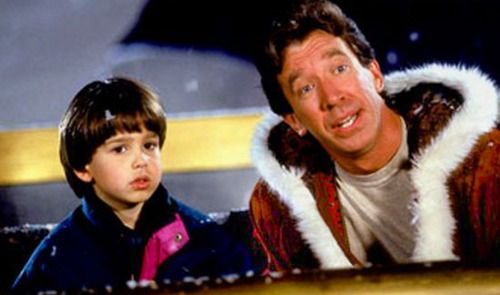
7. **The Santa Clause 3: The Escape Clause** (2006)The first two “The Santa Clause” films carved out a special place in the hearts of many as heartwarming Christmas favorites, largely due to Tim Allen’s engaging portrayal of Scott Calvin and the genuine holiday spirit they embodied. Yet, the third installment, “The Escape Clause,” inexplicably veered off course, delivering a film that is “inarguably naughty” rather than nice. It abandoned the good-natured charm for something far less appealing, leaving audiences with a palpable sense of disappointment and a distinct lack of festive cheer.
Instead of upholding the endearing holiday spirit that defined its predecessors, “The Escape Clause” devolves into a tedious “hour and a half of bad jokes and worse morals.” The humor often falls flat, relying on tired gags that do little to entertain. More concerning is the questionable ethical messaging, which feels at odds with the wholesome family entertainment expected from a Disney Christmas film, undermining the very foundation of the franchise’s appeal.
A significant misstep in the film is the sidelining of Tim Allen’s iconic Santa. He “barely even spends any time in the Santa suit,” a bizarre choice for a film centered around the character. Instead, the narrative introduces the mischievous Jack Frost, played by an unexpectedly “grating Martin Short.” While Short is known for his comedic genius, his performance here fails to land, with the context bluntly stating, “If even Martin freaking Short can’t sell a joke, then something is very, very wrong.” This speaks volumes about the quality of the script and direction.
“The Santa Clause 3” is a textbook example of a franchise running on fumes, prioritizing extension over quality. Its creative misjudgments, from its weak humor to its ill-conceived plot, culminate in a film that utterly fails to recapture the magic. There’s no ambiguity here; “The Santa Clause 3” unequivocally “earns coal all around” for its inability to deliver anything resembling a worthy successor to its beloved holiday heritage.

8. **Belle’s Magical World** (1998)Straight-to-DVD Disney sequels often carry a stigma, and some, like “Belle’s Magical World,” truly earn their reputation. This particular entry, which supposedly expands upon the enchanting tale of “Beauty and the Beast,” is so fundamentally flawed that it “barely qualifies as a movie at all.” It’s a jarring departure from the cinematic grandeur and emotional depth of the original, serving instead as a collection of disjointed segments that feel more like a cobbled-together afterthought than a cohesive story.
Set inexplicably *during* Belle’s initial stay with the Beast in the original film, “Belle’s Magical World” presents a series of “disconnected shorts.” This episodic structure immediately undermines any sense of narrative momentum or character development. There is “no rising action” to build suspense, and crucially, “no grand conflict” to engage the audience. The profound themes of inner beauty, prejudice, and sacrifice that made “Beauty and the Beast” so impactful are replaced by trivial, isolated incidents.
The result is a “dull, plodding affair” that transforms Belle’s extraordinary magical journey into nothing more than a series of “forgettable filler episode[s].” The lack of a central arc means that character motivations and emotional stakes are virtually non-existent, making the viewing experience tiresome rather than enchanting. It’s hard to imagine anyone genuinely invested in these minor, inconsequential dilemmas.
The disjointed nature of the film has led many fans to theorize that “Belle’s Magical World” is nothing more than “the compilation of a scrapped ‘Beauty and the Beast’ TV show.” Given the utter lack of cinematic cohesion and storytelling ambition, this theory is not only plausible but highly probable. If this indeed represents the quality that led to its cancellation, then “we can see why they cancelled it.” This entry serves as a stark reminder of how not to extend a beloved animated classic.
Read more about: Ever Wonder What A-List Stars Really Eat? These 15 Master Chefs Are Bringing the Heat (Right Into Their Homes!)

9. **Cinderella II: Dreams Come True** (2002)In what feels like a recurring nightmare for fans of classic Disney animation, “Cinderella II: Dreams Come True” emerges as yet another egregious “money-grubbing, anthology follow-up” that actively diminishes the legacy of a beloved Disney Princess. Much like “Belle’s Magical World,” this sequel falls prey to the same critical failings: “unfocused stories, boring conflicts, and zero rewatchability.” However, “Cinderella II” manages to be “even more offensive” given its unique context and missed opportunities.
Released over five decades after the groundbreaking original film, one might reasonably expect “Cinderella II” to introduce “some fresh ideas to the ballroom” or offer a compelling new perspective on the timeless tale. Yet, in a testament to its creative bankruptcy, these expectations are resoundingly unmet. The film offers nothing innovative, instead presenting a collection of segments that are, without exception, “a walking, talking cliche.” The narratives are predictable, uninspired, and entirely devoid of the charm and magic that defined Cinderella’s initial journey.
The musical contributions fare no better. While Disney films are often celebrated for their memorable scores, the songs in “Cinderella II” are utterly forgettable, described as going “in one ear and out the other.” They fail to capture the emotional depth or whimsical spirit of the original’s iconic melodies, further highlighting the sequel’s overall lack of quality and artistic ambition. It’s a stark example of a creative team missing the mark on every conceivable level.
“Cinderella II: Dreams Come True” serves as a sobering example of how a studio, driven by commercial motivations, can squander a rich legacy. If the collection of uninspired segments and clichéd narratives presented in this film truly represent “the best they could add to Cinderella’s timeless tale,” then the resounding consensus is that “they really should have just left good enough alone.” It’s a sequel that, despite its box office returns, definitively proves some stories are best left untouched.
Read more about: Remember Them? 14 Iconic Celebrities Who Were Absolute Heartthrobs in Their Youth – And What They’re Up To Now!
And so concludes our deep dive into the unfortunate annals of Disney sequels that perhaps should have remained mere whispers in a boardroom. From bizarre spy narratives to ill-conceived anthology segments, these films serve as a stark reminder that even the most magical of studios can stumble when prioritizing commercial gain over creative integrity. While Disney’s legacy is undeniably rich with enchantment, these ten cinematic blunders unequivocally illustrate the peril of extending a story beyond its natural and fulfilling conclusion. It’s a tough pill to swallow for fans, but sometimes, even in the land of happily ever afters, some stories are truly best left alone.



